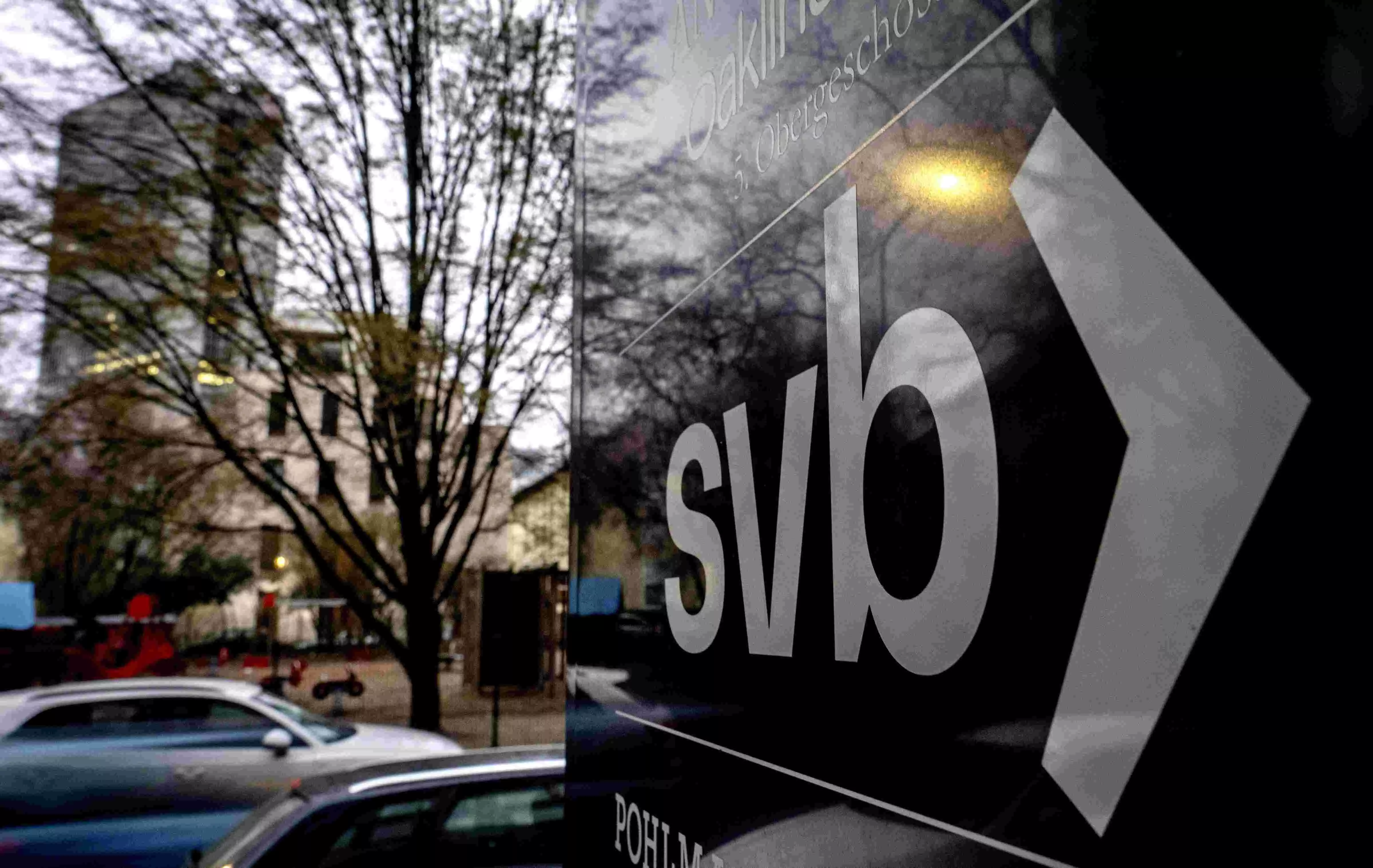A snowballing crisis?

The collapse of three American banks — Silicon Valley Bank (SVB), Silvergate and Signature — in quick succession has exposed the vulnerabilities of the overall banking sector in a scenario where central banks have been extensively tightening their monetary policies. While admitting that there is a general environment of liquidity restraint for banks, it needs to be cleared at the outset that there are not enough reasons to panic about a broad-based banking crisis. The Silicon Valley Bank, established in 1983, was the 16th largest bank in the United States of America before it faced the recent crunch. It must be noted that SVB and other banks that failed recently specialised in particular sectors. SVB, for instance, had its customer base among tech start-ups across the world, including India. And now, despite assurances and prompt responses from the US government, the customers of SVB are feeling the tension. The intensity of the problem can be gauged from the fact that President Biden himself had to take the lead in assuring people that their money was safe. The SVG’s collapse can be broadly attributed to two factors — crude risk mismanagement by the bank’s leadership, and the bumpy interest rate path adopted by the US Fed. On the mismanagement front, it is reported that for a large part of the last year, SVB did not have a Chief Risk Officer. At the same time, it also made a big mistake by putting all the deposits of the customers in long-yielding government bonds. Though government bonds are a safe spot for investing deposits, the bank failed utterly in applying a simple imagination that the Fed interest rates would not be the same as they were during the pandemic and that the investments needed to be diversified to avoid sudden risks. Notably, there had been a phenomenal rise in deposits with the bank during the pandemic as tech start-ups — an area in which SVB specialises — were flourishing. The US Fed’s pandemic-era liquidity loosening and then unabated rise in the policy rates took the economy on a roller coaster ride. The bumpy trail taken by the Fed also played a role in creating the present turmoil. In the case of SVB, the loose liquidity during the pandemic meant a dramatic surge in deposits which, based on a simplistic assessment of the situation, were invested in government bonds. Interestingly, SVB’s collapse unfolded in a quick span of 48 hours and was triggered by widespread public panic. To pay back the depositors, SVB withdrew a fraction of the investment made in government bonds prematurely, incurring significant losses. This was enough indication for the depositors to race to the bank and claim their deposits before SVB goes bankrupt. This race was further intensified in the wake of allegations of fraud made against the bank’s leadership. And then, it was just a matter of time before the crisis unfolded. The hard fact is that even the assurances from the White House could not ease the public tension. The US government has long guaranteed that bank deposits under USD 250,000 will be insured. This amount is sufficient enough for general customers. But SVB largely caters to tech start-ups that might have deposited much higher than the abovementioned limit. As yet, there are no clear indications of a bailout by the Federal Deposit Insurance Corporation (FDIC) or the Treasury Department. Apart from the financial liability, the FDIC and other authorities may also be wary of widespread public ire if the taxpayers’ money is used for the purpose. Political repercussions of bailout attempts could be counterproductive for the government. After all, one can not forget the anger that unfolded in the aftermath of the aid provided to Wall Street during the 2008 financial crisis. Following the collapse of the banks, not only the banking sector but also a wide range of industries are facing a crunch. As the US Fed appears resolved to increase policy rates in future and the US government is susceptible to bailing out SVB, other national governments, including India, should make proactive interventions to ensure that banks and businesses are not hit badly in their respective economies.



